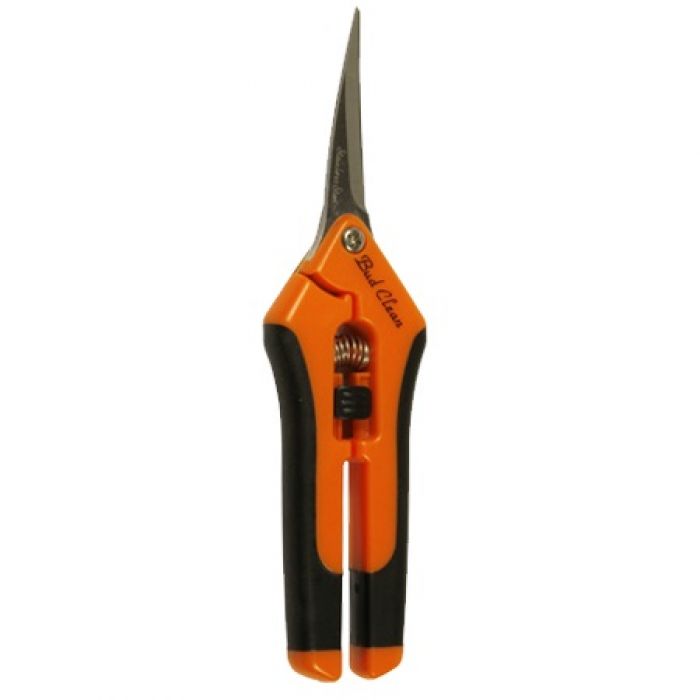

The crystals give the leaves a “sugar-coated” appearance. These leaves are aptly called “sugar” leaves because they are often covered in cannabinoid-filled trichomes. Sugar leaves – Sugar leaves form close to your plant’s buds and help provide structural support.There can be more or fewer leaves depending on the cannabis plant’s genetics. Fan leaves display the iconic shape of between 5 to 9 leaves that fan out like fingers. Fan leaves – The primary function of fan leaves is to collect light for energy production.Branches – These extend from the main stem or stalk of the cannabis plant.Nodes – Nodes are the location where the first signs of the cannabis plant’s sex appear and are located along the stalk or branch where another branch has begun to grow outward.The stalk grows above ground to provide structural support for the branches and carries nutrients from the roots to the branches and leaves. Main stem or stalk – This is the primary structure of the plant.Since most of these terms are common knowledge, we’ll just breeze through the essentials needed prior to trimming: General Terms for Trimming Cannabis To discuss wet and dry trimming methods we should first define a bit of plant terminology. Each has its merits and is worth considering, especially if you are starting to scale your cultivation business. In this article, we discuss the basics behind both methods.

When trimming cannabis, the conversation often revolves around wet trimming and dry trimming techniques. And by “fruit,” we mean those aromatic buds covered in glistening trichomes.

After your mature cannabis plants have bloomed and flowered, it’s finally time to reap the fruits of your labor.


 0 kommentar(er)
0 kommentar(er)
